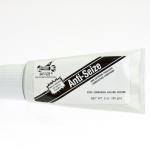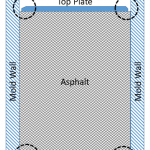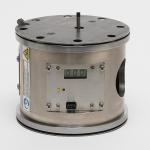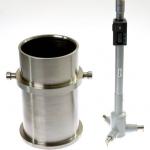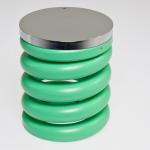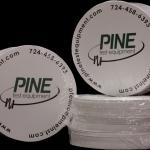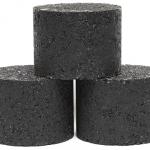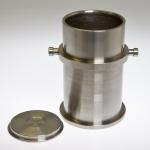Blog
Filter by:
Ryan Gerner – New Service Coordinator
Pine welcomes Ryan Gerner as Service Coordinator for Pine Certified Service – the field service division of Pine Test Equipment. Joining the Pine Team May 6, 2019, his role will be to continue to foster current customer partnerships as well as to identify and build new partnerships. Ryan will coordinate Pine Test Equipment service activities…
Read MoreLUBE it RIGHT
Gyratory compaction involves metal-to-metal interactions. These interfaces need proper lubrication to function as intended and produce consistent specimens over an extended period of time. An incorrect amount lubrication can negatively impact the performance of your machine, which could affect specimen density. Too little grease causes energy to be consumed at the metal-to-metal interface instead of…
Read MoreEnd Plate Orientation
Proper end plate orientation really does matter. The base plates for the Pine 125X, G1 and G2 Superpave gyratory compactor molds have lips that rest on a ledge at the bottom of the mold. An upside down plate will lead to density differences if you are compacting to height. Top plates for the Pine 125X…
Read MoreAngle Matters
I know that AASHTO T312 requires a gyratory compactor to operate at an internal angle of gyration of 1.16° ±0.02°. But, what impact does variation in this angle really have? A low angle of gyration leads to less compaction and higher air voids. A 0.1° drop in the angle of gyration lowers the bulk specific…
Read MoreMind the Gap in Mold Assemblies
“Surely the size of the gap between and end plate and the mold wall can’t matter when it comes to producing consistent specimens” one might think. But you might want to reconsider. Monitor your mold and end plate wear and strive to keep all your mold assemblies consistent in size to produce consistent specimens. AASHTO…
Read MoreTechnical Bulletin 071918S: The Calibration Checking Set
Technical Bulletin 071918S: The Calibration Checking Set Purpose: The intent of this bulletin is to clarify the designated purpose of Pine’s AFCS25 Calibration Checking Set. The Calibration Checking Set: The Calibration Checking Set spring was designed as a tool for verifying the operation of a Pine Test Press in the 2,500 lb. range. This tool is…
Read MorePaper Disks Can Affect Specimen Density
“What in the world is going on?” sighs an exasperated lab manager as he finishes reviewing the report he just received. “Why don’t our numbers match?” A thorough investigation of the testing process in both labs uncovers no differences. Everything was done according to the specified procedure. One seemingly insignificant difference identified was the supplier…
Read MoreBest Practices for Preventing Segregation in Compacted Specimens
“Just dump it in!” sighed an exasperated technician. “We have lots of samples to run today. We can’t take all day just filling the molds.” Experts say that much of the variability in test results comes from the sample preparation process. Everyone wants consistent test results. They are achievable for those willing to invest in…
Read MoreThe Importance of Keeping Molds and End Plates Clean
“Do I really have to?” your technician asks with a frustrated look on his face when you tell him to be sure to clean the mold and end plate after each specimen. “I hate that job! Does it really make difference?” Well, how important are clean molds and end plates? Let’s take a look. Debris…
Read More




